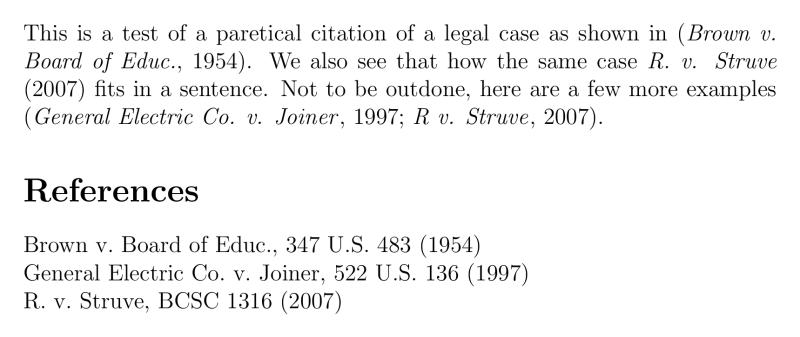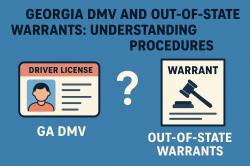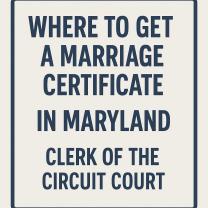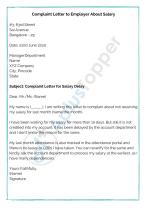How to cite court cases Bluebook?
Citing court cases in Bluebook format involves following a specific citation style used in legal writing. The Bluebook: A Uniform System of Citation is a widely used guide for legal citation. Here's a general guide on how to cite court cases in Bluebook format:
Basic Structure:
Case Name:
- Always italicize the case name.
Volume:
- Provide the volume number of the reporter where the case is published.
Reporter:
- Include the abbreviated name of the reporter. Use "U.S." for United States Supreme Court cases.
Page Number:
- Provide the page number in the reporter where the case begins.
Year:
- Include the year the decision was issued (not the year the case was argued).
Court:
- Specify the court that issued the decision.
Example (United States Supreme Court Case):
Case Name:
- Roe v. Wade
Bluebook Citation:
- Roe v. Wade, 410 U.S. 113 (1973)
In this example:
- "Roe v. Wade" is the case name.
- "410" is the volume number of the United States Reports (U.S.).
- "U.S." is the abbreviated name of the reporter.
- "113" is the page number where the case begins.
- "1973" is the year of the decision.
Example (Lower Court Case):
Case Name:
- Smith v. Jones
Bluebook Citation:
- Smith v. Jones, 123 F.3d 456 (2d Cir. 2000)
In this example:
- "Smith v. Jones" is the case name.
- "123" is the volume number of the Federal Reporter, Third Series (F.3d).
- "F.3d" is the abbreviated name of the reporter.
- "456" is the page number where the case begins.
- "2d Cir." indicates the Second Circuit Court of Appeals.
- "2000" is the year of the decision.
Additional Tips:
Always use the official reporter if available. If not, use a regional reporter.
Include a pinpoint citation to refer to the specific page or pages relevant to your citation.
For subsequent references to the same case, use "Id." if consecutive and "Supra" if non-consecutive.
Follow Bluebook rules for abbreviations, spacing, and punctuation.
Remember that specific rules may apply for different jurisdictions and court levels. Always refer to the most recent edition of the Bluebook for detailed and accurate citation guidelines.
How should court cases be cited according to the Bluebook style?
Citing court cases according to the Bluebook style involves a specific format with several key elements. Here's a breakdown to guide you:
Basic Structure:
- Case Name: Italicized or underlined, followed by a comma.
- Source Information: Reporter volume number, reporter abbreviation, page number where the case begins (separated by colons), court year (in parentheses).
Example:
- Marbury v. Madison, 5 U.S. (1 Cranch) 137 (1803).
Additional Elements (as needed):
- Subsequent history: If the case has been appealed or reviewed in a higher court, add a brief note after the court year in parentheses. For example, "(overruled by Brown v. Board of Education, 347 U.S. 483 (1954))".
- Parallel citations: If the case is also reported in another reporter series, you can add them after the initial citation separated by semicolons. For example, "Marbury v. Madison, 5 U.S. (1 Cranch) 137, 2 L. Ed. 600 (1803)".
- Pinpoint citations: If referencing a specific part of the case, add the pinpoint citation (e.g., page number, section number) after the main citation separated by a comma. For example, "Marbury v. Madison, 5 U.S. (1 Cranch) 137, 177 (1803)".
Tips:
- Always double-check the specific Bluebook rule for the type of court case you're citing (e.g., federal courts, state courts).
- Use the Bluebook table of abbreviations for proper reporter abbreviations.
- Be consistent with your formatting throughout your work.
Here are some helpful resources for further guidance:
- The Bluebook: A Uniform System of Citation (the official style guide)
- The Bluebook Online (subscription required)
- Purdue University Online Writing Lab (OWL): Bluebook Citation for Legal Materials
Remember, accurate and consistent Bluebook citations are crucial for legal writing and research. By following these guidelines and referencing the recommended resources, you can ensure your case citations are formatted correctly.













